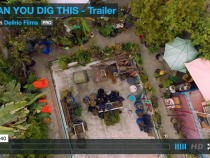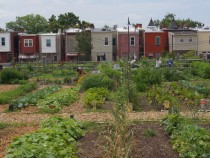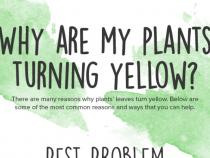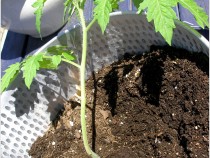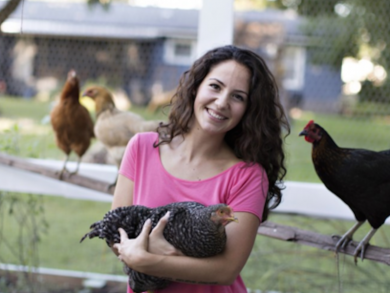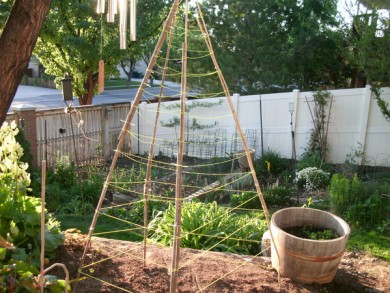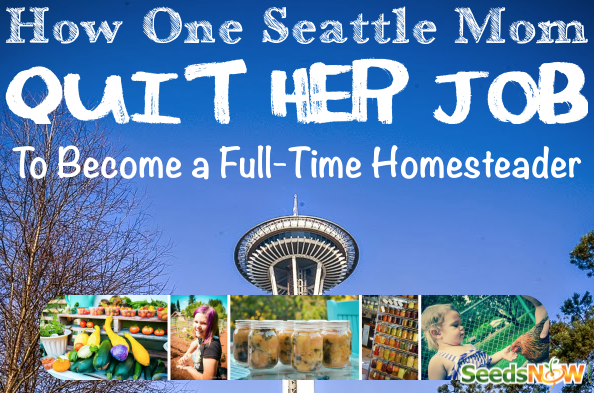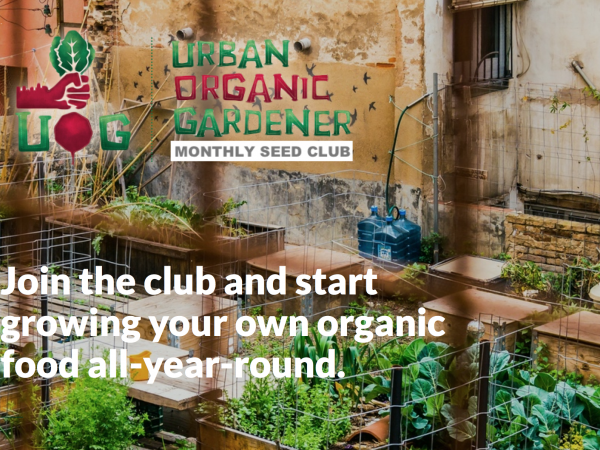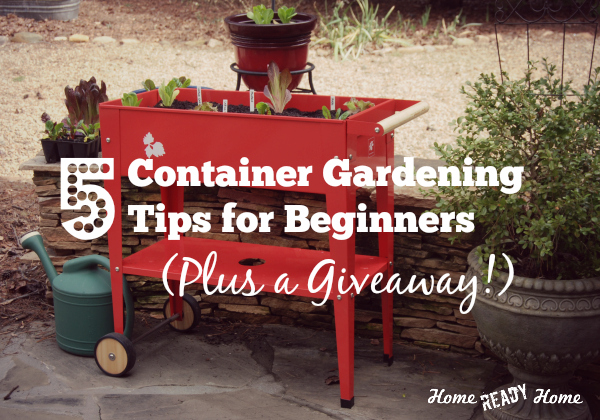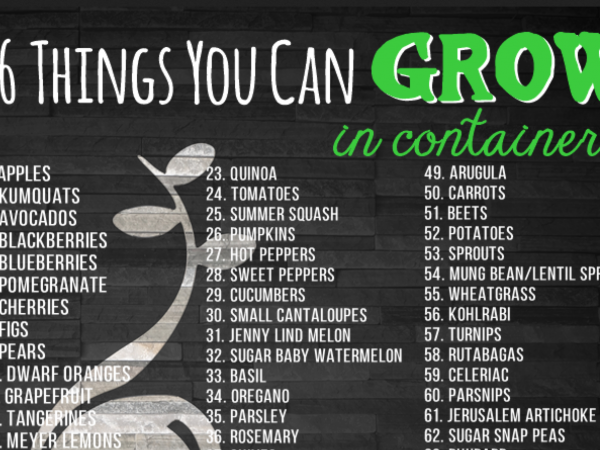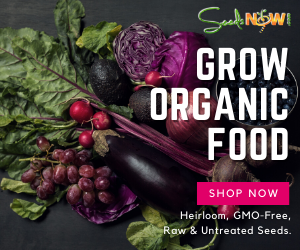Source of this content is deadline.com John Legend’s Get Lifted Film Co. is planting a documentary about four “gangster gardeners” who discover what happens when they get their hands dirty — in the soil of South L.A. Check out the trailer for Can You Dig This, which has its world premiere Thursday at the Los Angeles Film Festival. Fusion already has nabbed...
You Are Browsing ‘Frontpage’ Category
Source of this contest is from usnews.com by Corinne Ruff Common Good City Farm produces food for low-income neighborhoods in the District of Columbia. Nearly a decade ago, neighbors living near an abandoned elementary school in LeDroit Park in the District of Columbia described the area as a “thriving, open-air crack market.” But today, the once dangerous lot...
How to Read Your Plant’s Yellow LeavesEven the most talented and educated gardeners will have to deal with yellowing leaves at some point or another. And that statement rings truer for those who maintain urban gardens and indoor plants since potted plants have a hard time getting the necessary nutrients they need for sustenance.That’s why Safer Brand put together...
This post, content, and images are originally from http://tgcva.org Obviously, coffee beans contain a lot of calcium, sugar, copper, magnesium, carbohydrates, and other vitamins inside. Some studies found the acid levels in the beans are very good for some plants that need acid, such as tomatoes, avocadoes, also various other fruit plants. Even the beautiful roses...
This interview is originally from SeedsNow.com (source: http://www.seedsnow.com/blogs/news/28929665-featured-homesteader-blogger-naturallyloriel-com) How would you quickly describe yourself to others? Mom. Wife. Dreamer of self-sufficiency. Lover of sweets. Knack for storytelling. Chicken & cat lady. =) How did you get started with your blog? I got started with my blog, NaturallyLoriel.com,...
At Urban Organic Gardener, we’re all about sharing inspiring stories of how people are growing food in small spaces. A while back, we found Sow and Sow Gardens on instagram and have been following them ever since. What they’re doing is truly inspiring. How did you get started with your blog/Instagram page? “I got started with my personal Instagram page. I would post all kinds of...
This post originally was found on SeedsNow.com Vine tee-pees are a fun way to encourage children to spend more time in the garden. They will add a whimsical touch that even the adults will appreciate and are not only fun to look at but are extremely functional. Because they save space in the garden by using vertical gardening techniques, you’ll be able to grow more food in less space, and who...
This source of this post, content, and photos is from goodshomedesign.com The techniques you can use for making gardening far easier than it actually is are not that many and in most cases not that accessible in terms of costs or work put into getting it. In order to succeed, you have to think outside the box! This hydroponic system is that one clever way to grow...
Gardening isn’t usually a process that should be rushed. It takes time to prepare a spot that you’ll be planting in, and patience usually pays off when you’re growing your own food. There are a few crops, however, that always mature fairly quick. If you’re short on time during your growing season or just want to get your toes wet as a first time gardener, we’ve put together a list of a few crops that are quick to grow and will have you harvesting your own homegrown veggies in no time at all.
1. Lettuce
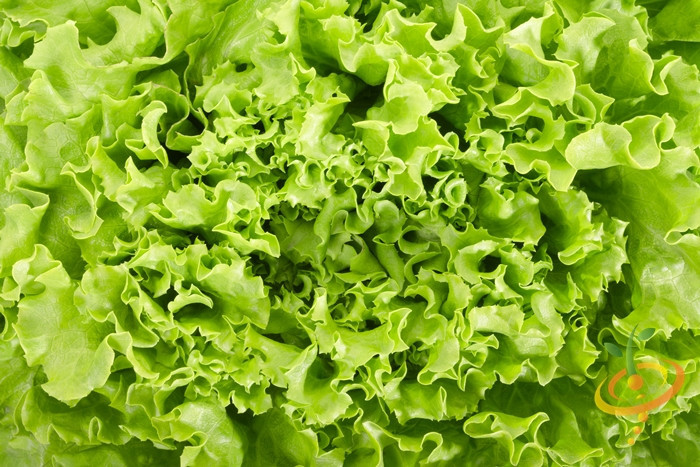 Learn how to grow your own organic Lettuce >
Learn how to grow your own organic Lettuce >
Lettuce – (Harvest in about 30 days) Lettuce is a wonderful crop to grow, and matures fairly quickly. Sow new lettuce seeds every 30 days for a continuous harvest that will provide you with fresh leafy greens year-round. Lettuce prefers cooler temps, somewhere around 50-60 degrees but will also thrive during the summer if grown in the cool shade. Have a sunny window? It grows wonderful indoors as well. Short on space? Lettuce loves being grown in containers and usually doesn’t mind being crowded when planted so you can sow your seeds fairly close together as long as you’re not sowing varieties that produce a round head.
2. Radish
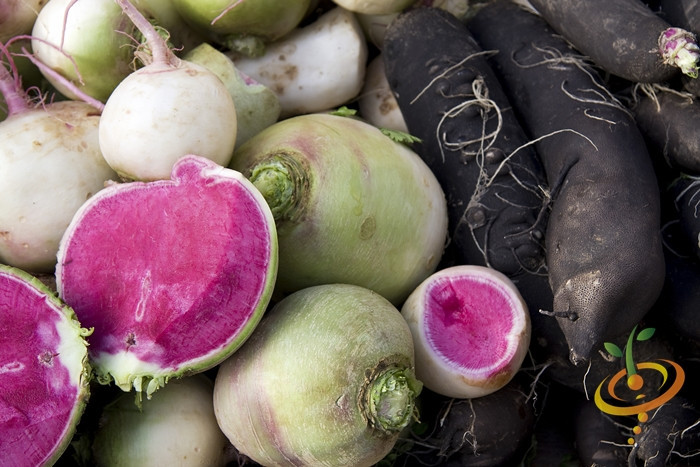 Learn how to grow your own organic Radish >
Learn how to grow your own organic Radish >
Radishes – (Harvest in about 20-25 days) Want a fast growing crop that packs a ton of flavor? Radishes take up very little gardening space, grow very quickly, and can come in over 200 varieties with a wide array of colors, shapes, sizes and flavors. They grow well in containers, and prefer full sun however some varieties can be grown in partial shade. In cooler climates they can be planted in both the spring and fall. In warmer climates they should be grown over winter.
3. Spinach
 Learn how to grow your own organic Spinach >
Learn how to grow your own organic Spinach >
Spinach – (Harvest in about 30-45 days) Baby spinach leaves can be harvested about a month after planting. The smaller leaves are loaded with flavor, regardless of the variety you choose. Harvest the larger leaves at the base and allow the plant to continue growing and you’ll be able to harvest from a plant for quite a few weeks before it goes to seed. It grows a lot like lettuce, so try and grow it in cooler temps. or in the shade during the summer. Also grows well in containers and doesn’t require a lot of space in the garden.
4. Bush Beans
 Learn how to grow your own organic Beans >
Learn how to grow your own organic Beans >
Bush Beans– (Harvest in about 50 days) Beans love warmer temps. and seeds can be sown every two weeks during the summer to ensure a continuous harvest. Bush beans usually produce most of their beans within a 2 week period.
5. Peas
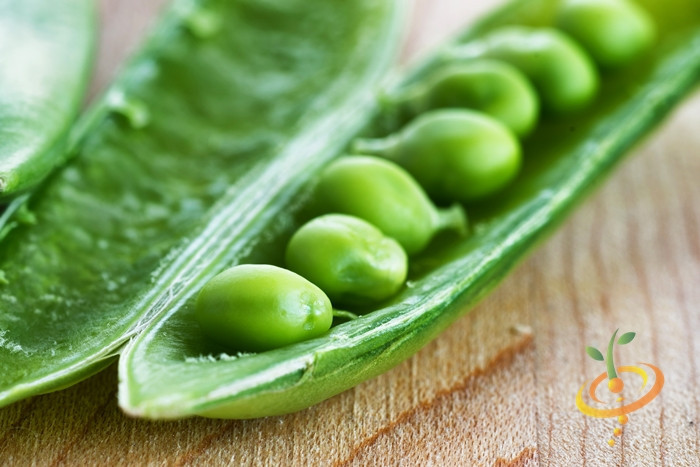 Learn how to grow your own organic Peas >
Learn how to grow your own organic Peas >
Peas- (Harvest in about 60 days) Peas are a wonderful cool season crop that take up virtually no space since they grow vertically on a trellis. They do best when directly sowed. The simplest way to prolong harvest is to plant early, mid season, and late varieties at one time rather than sowing every 2 weeks.
Most of us may have thought once or twice about throwing in the towel, walking up to our boss and calling it quits.
Maybe you’ve gotten to a point in your life where what’s important to you now isn’t what was important to you when you first started your career.
We all have moments in life when we need to re-evaluate what we’re doing with our time and energy. Sometimes you just need to overcome your fears and do what your gut is telling you to do. The results just might surprise you.
Here’s a story about how one Seattle mom decided to close her business of over 10 years and started homesteading full time on their 1/2 acre urban farm.
This is her story about how she was able to not only make ends meet without the income she was missing, but how she actually started saving money & became self-sufficient.
 Whether it’s using leftover coffee grounds from your morning brew, drying herbs on the backseat of your car or using soap under your fingernails before digging into the soil… Paul James, a Master Gardener shares his top 14 gardening tips that will save you time, energy and money in the garden. This post was originally shared on HGTV.com.
Whether it’s using leftover coffee grounds from your morning brew, drying herbs on the backseat of your car or using soap under your fingernails before digging into the soil… Paul James, a Master Gardener shares his top 14 gardening tips that will save you time, energy and money in the garden. This post was originally shared on HGTV.com.
Here, the latest tips and tricks from Paul James, host of Gardening by the Yard:
1. To remove the salt deposits that form on clay pots, combine equal parts white vinegar, rubbing alcohol and water in a spray bottle. Apply the mixture to the pot and scrub with a plastic brush. Let the pot dry before you plant anything in it.
2. To prevent accumulating dirt under your fingernails while you work in the garden, draw your fingernails across a bar of soap and you’ll effectively seal the undersides of your nails so dirt can’t collect beneath them. Then, after you’ve finished in the garden, use a nailbrush to remove the soap and your nails will be sparkling clean.
3. To prevent the line on your string trimmer from jamming or breaking, treat with a spray vegetable oil before installing it in the trimmer.
4. Turn a long-handled tool into a measuring stick! Lay a long-handled garden tool on the ground, and next to it place a tape measure. Using a permanent marker, write inch and foot marks on the handle. When you need to space plants a certain distance apart (from just an inch to several feet) you’ll already have a measuring device in your hand.
5. To have garden twine handy when you need it, just stick a ball of twine in a small clay pot, pull the end of the twine through the drainage hole, and set the pot upside down in the garden. Do that, and you’ll never go looking for twine again.
6. Little clay pots make great cloches for protecting young plants from sudden, overnight frosts and freezes.
7. To turn a clay pot into a hose guide, just stab a roughly one-foot length of steel reinforcing bar into the ground at the corner of a bed and slip two clay pots over it: one facing down, the other facing up. The guides will prevent damage to your plants as you drag the hose along the bed.
8. To create perfectly natural markers, write the names of plants (using a permanent marker) on the flat faces of stones of various sizes and place them at or near the base of your plants.
9. Got aphids? You can control them with a strong blast of water from the hose or with insecticidal soap. But here’s another suggestion, one that’s a lot more fun; get some tape! Wrap a wide strip of tape around your hand, sticky side out, and pat the leaves of plants infested with aphids. Concentrate on the undersides of leaves, because that’s where the little buggers like to hide.
10. The next time you boil or steam vegetables, don’t pour the water down the drain, use it to water potted patio plants, and you’ll be amazed at how the plants respond to the “vegetable soup.”
11. Use leftover tea and coffee grounds to acidify the soil of acid-loving plants such as azaleas, rhododendrons, camellias, gardenias and even blueberries. A light sprinkling of about one-quarter of an inch applied once a month will keep the pH of the soil on the acidic side.
12. Use chamomile tea to control damping-off fungus, which often attacks young seedlings quite suddenly. Just add a spot of tea to the soil around the base of seedlings once a week or use it as a foliar spray.
13. If you need an instant table for tea service, look no farther than your collection of clay pots and saucers. Just flip a good-sized pot over, and top it off with a large saucer. And when you’ve had your share of tea, fill the saucer with water, and your “table” is now a birdbath.
14. The quickest way in the world to dry herbs: just lay a sheet of newspaper on the seat of your car, arrange the herbs in a single layer, then roll up the windows and close the doors. Your herbs will be quickly dried to perfection. What’s more, your car will smell great.
View the original post here: http://www.hgtv.com/design/outdoor-design/landscaping-and-hardscaping/14-simple-gardening-tips-and-tricks
Short on growing space but still yearn for homegrown tomatoes and peppers? Is your garden located on a balcony or terrace and you’re afraid you can’t savor the taste of vine ripened tomatoes or experience the heat of your favorite variety of pepper? Well you can, and all you need is a 5 gallon bucket, nutrient rich soil, a few amendments, water and your favorite variety of heirloom seeds. Start by finding a 5 gallon bucket. Make sure it is clean and food grade, meaning there’s never been any nasty chemicals...
The Hell’s Kitchen Farm operates on a 4,000 square foot roof & is growing in 52 raised beds. What they’re doing is quite amazing… According to their website, “HKFP is an urban rooftop farm in Hell’s Kitchen, managed and run by volunteers. HKFP is the outgrowth of community discussions concerning nutritional security, especially scarcity of affordable fresh produce, in Hell’s Kitchen.” ...
Become an Urban Organic Gardener! Here at UOG we believe that growing your own organic food can be one of the most rewarding things you can do for your mind, body, and soul. Become a member of the UOG Monthly Seed Club and receive a handpicked collection of seeds and garden supplies – specifically curated based on your growing conditions and location. Whether you’re growing in a tower garden, containers, raised beds, or directly in the ground in your backyard we’ve got seeds for you. Just start by answering a few...
Julie from homereadyhome.com just published a great article highlighting important Container Gardening Tips (for Beginners). Click here to view the original post: http://homereadyhome.com/5-container-gardening-tips-for-beginners/ Here’s a quick preview of what she has has to say about container gardening: 1. Don’t “grow” overboard. “Container gardening requires a time commitment. You’ll need to be more hands-on (ie. watering and fertilizing) with plants in pots than plants in the ground. Your container garden will...
Source: NaturallyLoriel.com Naturally Loriel recently published a blog post on a very important topic: How to Source Non-GMO Seeds. She says, “You begin to learn which food companies deserve your support and try to find a local farmer’s market in your area. You realize it’s so important to meet and shake the hands of the farmer that produces your food. Unfortunately though, you’re not...
Follow Urban Organic Gardener on Instagram: www.instagram.com/urbanorganicgardener

– – – – – – – – – – – – – – – – – – – – – – – – – – – – – – – – – – – –

– – – – – – – – – – – – – – – – – – – – – – – – – – – – – – – – – – – –

– – – – – – – – – – – – – – – – – – – – – – – – – – – – – – – – – – – –

– – – – – – – – – – – – – – – – – – – – – – – – – – – – – – – – – – – –

Follow Urban Organic Gardener on Instagram: www.instagram.com/urbanorganicgardener
A roving mobile greenhouse teaches children about where their food comes from. “Compass Green is a school garden on wheels. It is a fully functional mobile greenhouse built in the back of an 18-foot box truck that grows vegetables, grains and herbs and is powered by waste vegetable oil. The project teaches practical farming tools and raise awareness on sustainability through presentations,...



